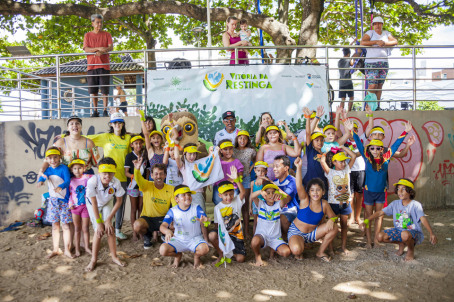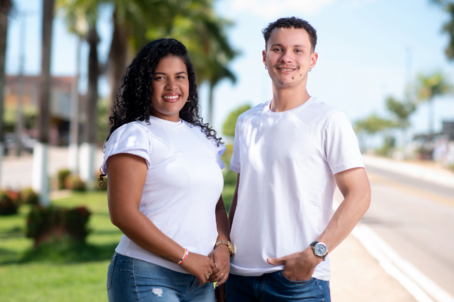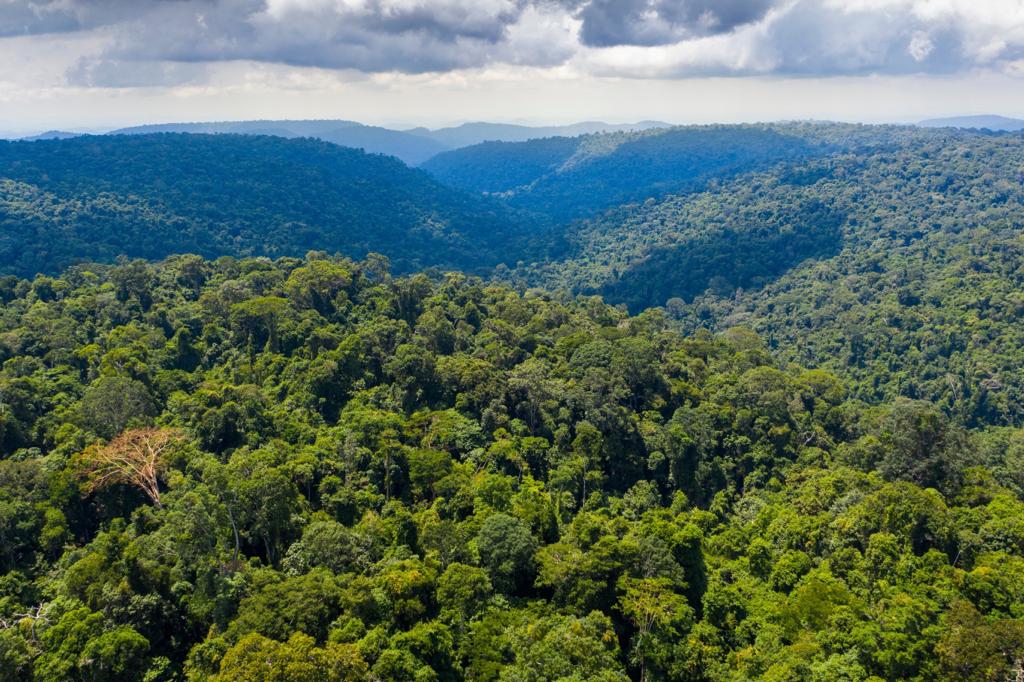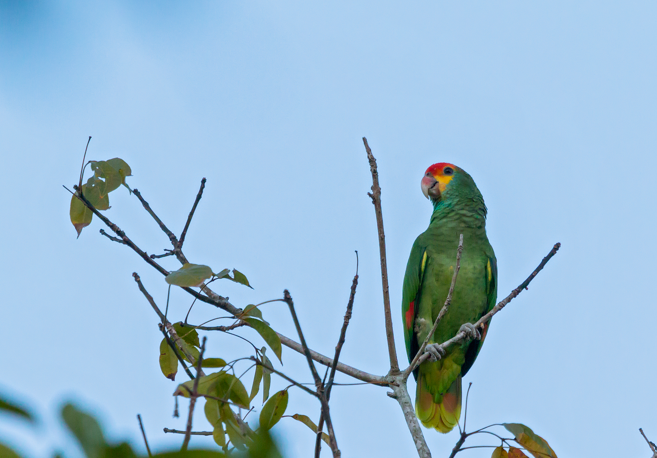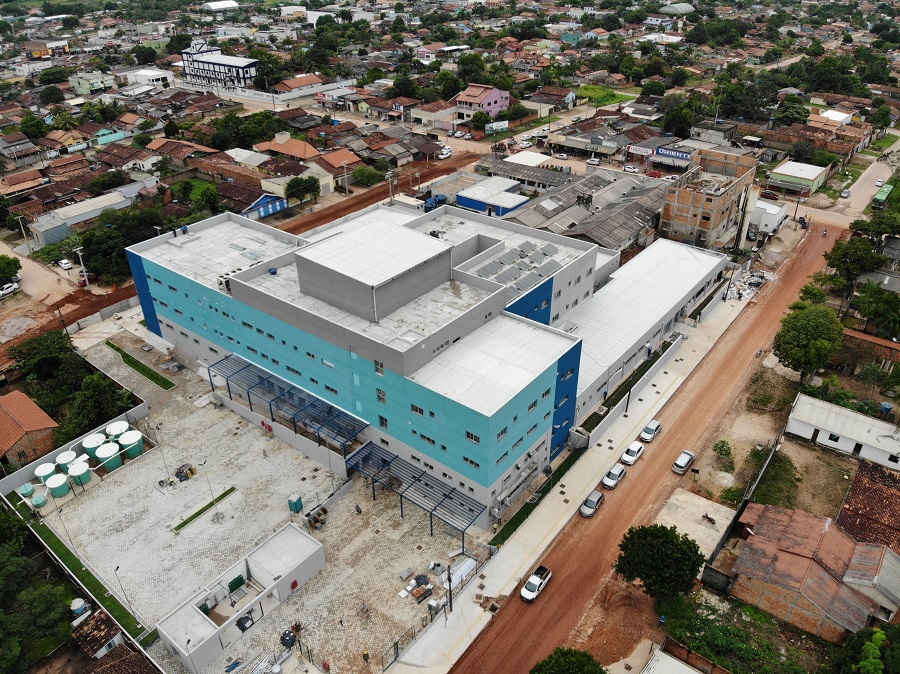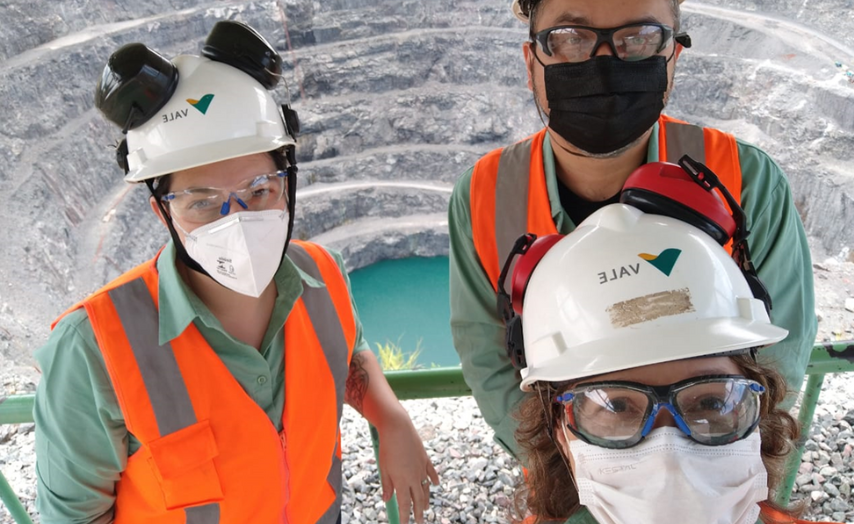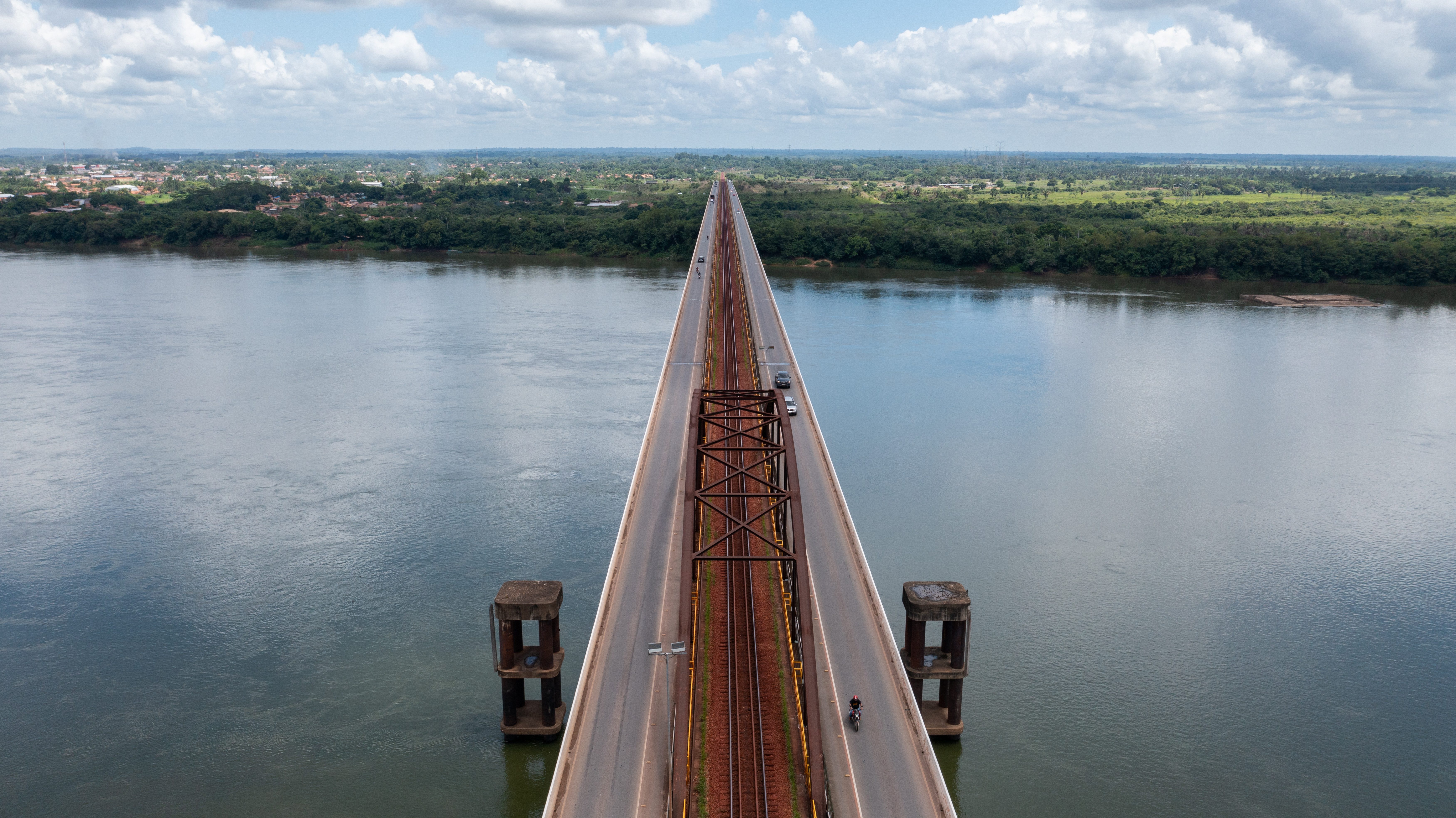Pará
recent-searches
Pikalinkit
Vale in Pará
In Pará, we own the largest mining complex in Brazil, representing the largest private investment ever made in the country in the second decade of the 20th century.
Vale Balance +
Frist half of 2023
Our commitment to protecting the environment permeates the way we operate. This edition highlights our efforts to protect the Amazon.
The Carajás Forest Mosaic is an example of how we coexist in a balanced way with the biodiversity that surrounds us. Approximately 60% of all Vale’s iron ore comes from this region, despite the fact that our operations only occupy 2% of the area.
Thanks to investments in technology, we are achieving increasingly sustainable mining.
In the full report you can see how we are achieving this goal through initiatives and partnerships.
Visit Vale regardless of where you are
Our initiatives
Browse the tabs and learn more about our actions in the region
Photographer: Ricardo Teles
Sustainability
Vale Amazon Biopark
Photographer: Anderson Souza
Carajás National Forest
Since 1985, when Vale started its operations in Carajás, we have helped take care of the Carajás National Forest, one of the richest regions in Brazil and in the world in terms of biodiversity. Our concession area covers approximately 411 thousand hectares of preserved forest and we occupy only 1.4% of this amount.
Photographer: Ricardo Teles
Our Operation
Serra Norte – Carajás
Serra Sul Unit S11 D
Salobo Unit
Sossego Unit
Onça Puma Unit
Serra Leste Unit
Azul Manganese Unit
Transport
Carajás Railroad
Photographer: Anderson Souza
Highlights


